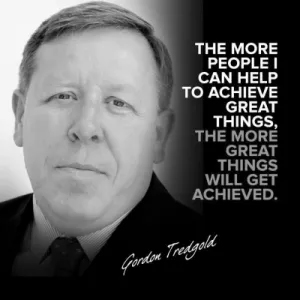
Managing change is one of the most challenging problems we face as leaders and is one we must become proficient at.
Change is generally disliked. They resent it so much that they will almost do everything to fight it, even sabotage it.
Why do people hate change?
Well, it’s not so much the change people really hate, but the uncertainty.
With uncertainty comes a feeling of powerlessness, and a lack of control over their own destiny, and it’s this that people hate.
As leaders when we are looking to drive change, we need to understand the impact of uncertainty, and the stress that this can create, within our organisations.
Anxiety and stress increase when we lack control; and when we have uncertainty, and we lack options, then this increases our feeling of lack of control.
The more certainty we can provide as we drive change; the more options we provide to people; the better the chance we have of completing the change and reducing resistance.
The three most important aspects of managing change are Communication, Communication and Communication.
We need to provide clarity, certainty and understanding.
We need to let people know the direction we are going, why we are doing this, and most importantly what it means to them.
The last part, what it means to them, may need to be done via one-to-one communication rather than group communication. The sooner we can do this, the sooner we can start to reduce stress and resistance, and start to get acceptance and buy-in.
It’s amazing how often communication is overlooked, or underestimated, especially when the change being undertaken is perceived as beneficial. But how will people know that change will be beneficial to them unless we communicate it? People always think the worst, when it comes to change.
If you have a department of 1000 people and you announce that 5% will be let go, every single person out of 1000 will have some doubts and believe that they are part of the 5%. Now we have 100% of the people feeling stressed and uncertain.
It would actually be better to inform everyone quickly whether they are part of the 5% or not. The sooner we can do that the sooner we can have 95% of the organisation relieved that they will be okay.
I know that this sounds bad for the 5%, but if we can communicate that they will be let go quickly, at least we can reduce their uncertainty, and if we have some options for them the sooner we let them know what these options are, the sooner we put them back in control. We owe it to these people to do the maximum to reduce their stress too.
Whilst reducing uncertainty might not guarantee success, letting uncertainty fester within our organisations will certainly reduce our probability of success.
So communicate; provide clarity and options, and consequently reduce stress and resistance.
If you want to learn more about creating highly engaged teams or being a better leader click the link to make an appointment to talk about how I can help.
